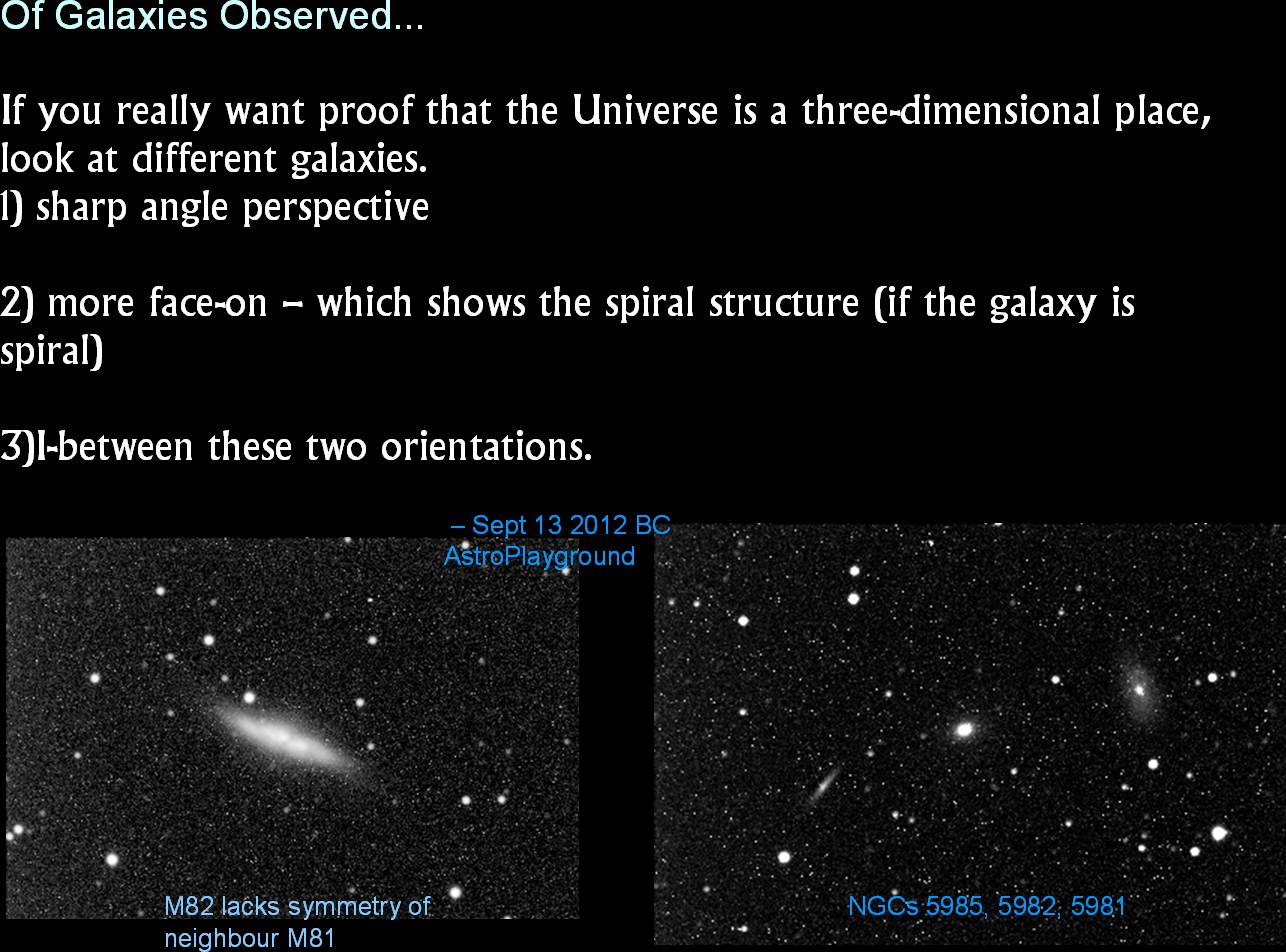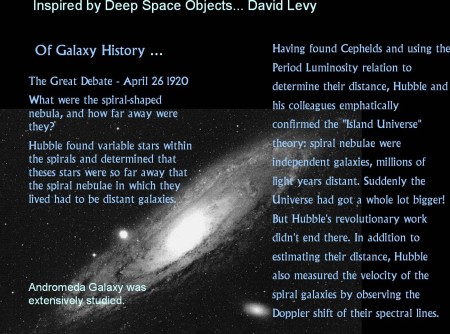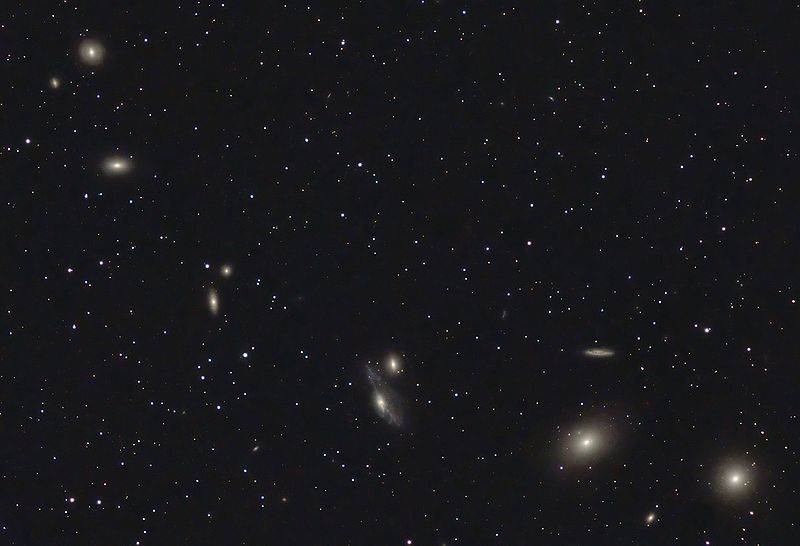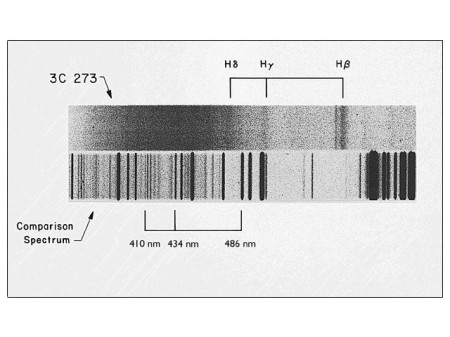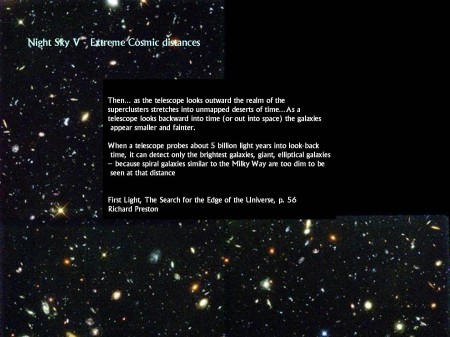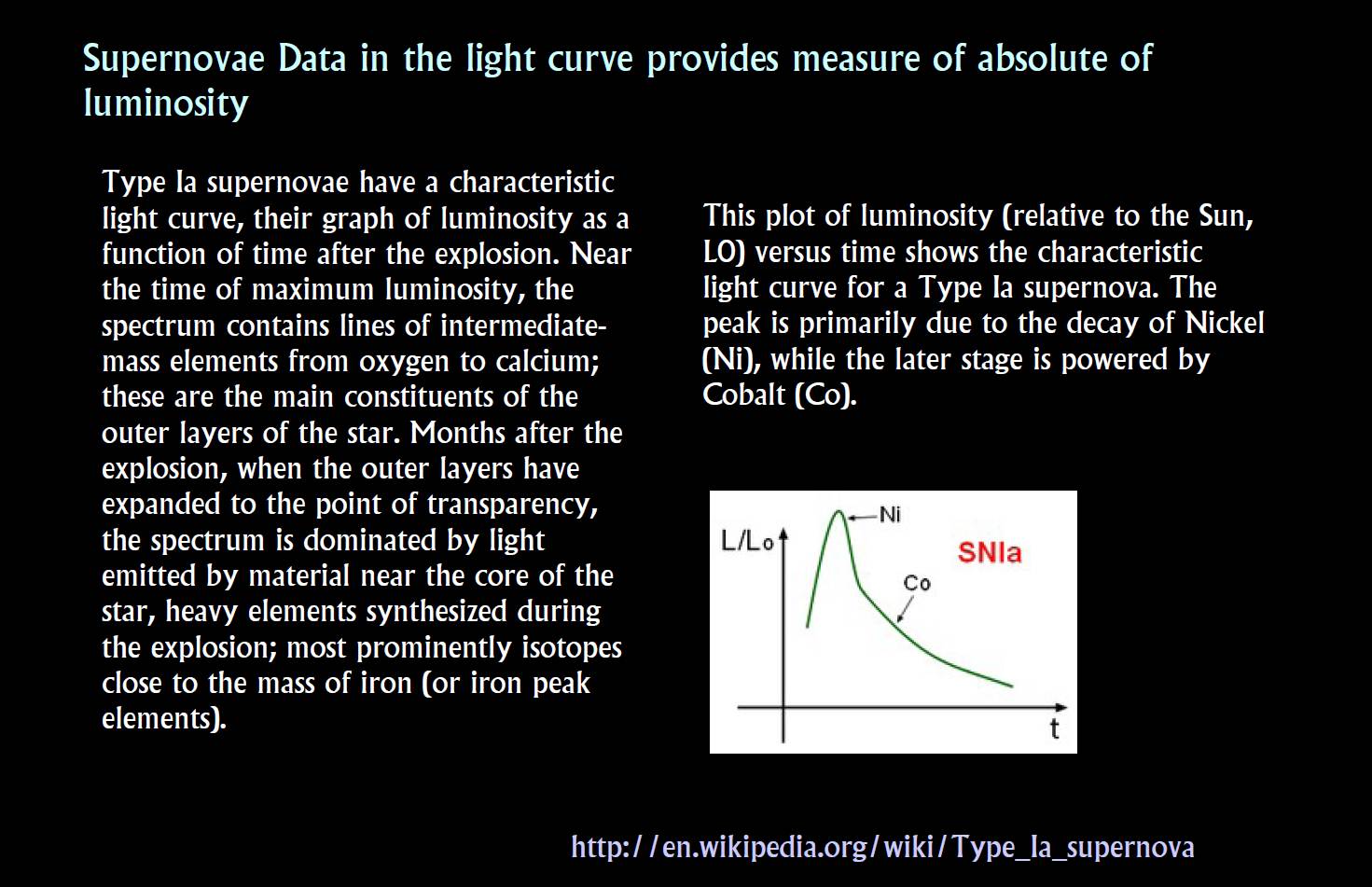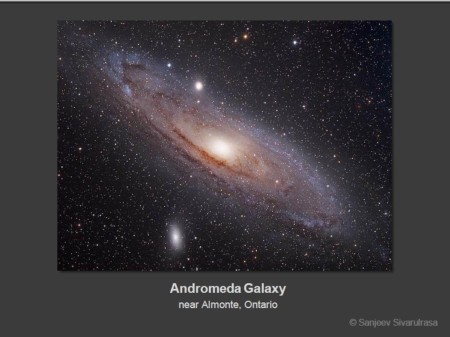MVNSC: Mississippi Valley Night Sky Conservation:
The Night Sky Around Us Lecture 5
Program developed by:
- Mississippi Valley Conservation Authority
- Royal Astronomical Society of Canada
- Ottawa Astronomy Friends
- Instructor: Pat Browne
- Assistants: Andrew Lindstrom, Bob Hillier
- Referemces used in this course: https://millstonenews.com/2014/05/references-to-use-for-night-sky-activities.html
- Course runs each Friday during the month of April
- Course time: 19:45 – 22:00 formally with priority given to observing when clear sky .
- Note: Donations can be receipted as charitable . Donations can be made online at canadaHelps – (choose Night Sky Conservation fund)::
Special Lecture Next Friday @7:45 : Sanjeev Sivalrurasa Astrophotographer
Event Last monday: – Observing Report (sucker holes): https://millstonenews.com/2014/05/observing-through-the-sucker-holes.html
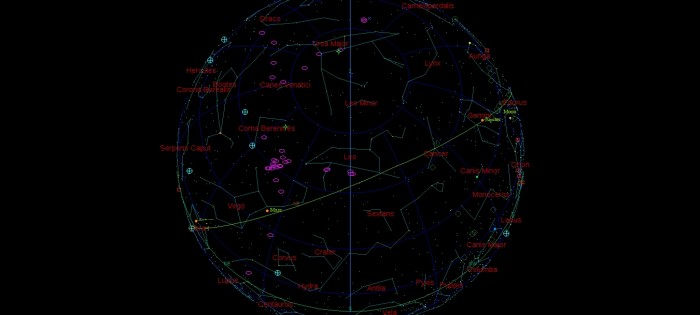
Night Sky for May2 2014 0 courtesy Earth Centered Universe Because of the NightSky Conservation Program, we are fortunate to be able to observe our celestial ‘friends’: Galaxies, Globular Clusters and our own Milky Way Galaxy seen below.

Review of Lecture IV – Star Light Star Bright(ness)
Starlight, in its myriad colors, spectral signatures and intensities revealed the secrets of the heavens first to Galileo and Newton…
What Can we glean from Starlight?
-
Color (representing peak wavelength)
-
Spectral lines in the Color Bands
-
Periodic Brightening of Special Stars (Variables)
What do stellar classifications tell us?
-
Mass
-
Temperature/Thermonuclear processes
-
Chemical Composition ‘metalicity’
-
Stage of life…Giants, Dwarfs, Stars on the Main Sequence – see our lab exercise: https://millstonenews.com/2014/05/night-sky-course-lab-fun-with-stellar-evolution.html
How far are the stars and star clusters?
-
The Calibrated Distance ladder – When do they start their hydrogen burning and pursue their unique evolutionary path?
-
Stellar Evolution: Stages of development in Stellar History
- Spectral classifications tell stories of Red Giants, White Dwarfs, and supernovae as different stars pursue their unique evolutionary path

Without an understanding of stellar properties…
- Stars with nebulousity around them
- Star clusters
- Entire galaxies
….would not be distinguishable from clouds in the Night Sky.
This final session takes us on a journey to
- Galaxies beyond the Milky Way
- Clusters of Galaxies in collections forming their own systems beyond our Local Group
THE WHAT, WHEN & WHO OF GALAXIES:
WHAT
Galaxy Definition: A Galaxy is a collection of billions of stars. At the early stages of the creation of the universe, all the matter in the universe fragmented into huge pieces which broke into billions of bits. These huge pieces became galaxies, and the individual bits became billions of stars which make up each galaxy. Ours is one such galaxy – the Milky Way (a barred spiral). The universe is made up of billions of galaxies which tend to be grouped into superclusters. We can see these things only through telescopes and binoculars, – except for the very closest – the Andromeda Galaxy, and the Large and Small Magellenic Clouds.
How we see them depends on our viewpoint and their intrinsic geometry! Normally we describe them as face-on, edge-on or tilted when we observe them
Types of Galaxies
Edwin Hubble (our featured astronomer for this lecture) observed many, many galaxies, and developed the ‘tuning-fork’ diagram to help classify them according to their geometrical disposition.As with many early schemes, it is hard to include the right taxonomy, but this scheme is still used in whole or part today
- Elliptical (E0..E7) – example M104
- Spiral (Sa,Sb,Sc) – example M81
- Barred Spiral – example M109 see this! http://apod.nasa.gov/apod/
ap130523.html - Lenticular (S0). These galaxies consist of a bright central bulge, similar in appearance to an elliptical galaxy, surrounded by an extended, disk structure. Unlike spiral galaxies, the disks of lenticular galaxies have no visible spiral structure and are not actively forming stars in any significant quantity. The bulge component is often the dominant source of light in a lenticular galaxy. Example – M86
- Irregular, no particular shape Peculiar, …Often these galaxies are interacting with nearby neighbours, or there are energetic and disruptive forces at work producing jets of gas and dust with high kinetic energy.
Implications of Classification Scheme (Spiral, Elliptical, Irregular…)
NOTE:This classification scheme is not an evolutionary sequence.
Young Galaxies are detected now as a result of merger events. In recent years, a great deal of focus has been put on understanding merger events in the evolution of galaxies. Our own Milky Way galaxy has a tiny satellite galaxy, the Sagittarius Dwarf Elliptical Galaxy which is (currently) gradually being ripped up and “eaten” by the Milky Way. It is thought these kinds of events may be quite common in the evolution of large galaxies. http://en.wikipedia.org/wiki/Galaxy_formation_and_evolution
WHEN
Do galaxies form, and are they mergers or the result of matter accretion (top down) or mergers (bottom up)
“All galaxies began forming at about the same time approximately 13 billion years ago. The origin of galaxies and how they changed over billions of years is an active field of research in astronomy today. Models for galaxy formation have been of two basic types:
- “top-down”
- “bottom-up”
The “top-down” model on the origin of the galaxies says that they formed from huge gas clouds larger than the resulting galaxy. The clouds began collapsing because their internal gravity was strong enough to overcome the pressure in the cloud. If the gas cloud was slowly rotating, then the collapsing gas cloud formed most of its stars before the cloud could flatten into a disk. The result was an elliptical galaxy.
If the gas cloud was rotating faster, then the collapsing gas cloud formed a disk before most of the stars were made. The result was a spiral galaxy.
- Bottom up: The rate of star formation may be the determining factor in what type of galaxy will form.
- Top down: But, perhaps the situation is reversed: the type of galaxy determines the rate of star formation. Which is the “cause” and which is the “effect”?” This excerpt was taken from Nick Stobel’s Excellent chapter on Galaxy Origins
Nick Strobel’s Astronomy Notes. Go to his site at www.astronomynotes.com for the updated and corrected version.
The research continues…
WHO
- Edwin Hubble – Discovery of Galaxies – early 20th century
- Maarten Schmidt – Discovery of Quasars (Quasi-Stellar (Active Galaxy) Objects – 1963
Andromeda Galaxy shown below – First measured period-luminousity of Cepheid Variables to determine distance and discover it is beyond our Milky Way.

Relative Velocities of Stars, Stellar Clusters and Galaxies and Space itself… Doppler Shifts
Measuring the change in wavelength of the light as they are recorded in spectra is used to measure relative velocities. We can measure advancing (blue shifts of wavelength) or receding (red shifts of wavelength) for individual stars, clusters or galaxies. When objects move away from us the emitted electromagnetic radiation appears to have a longer wavelength. This is called ‘red-shift’ and the same phenomena can be ‘heard’ when an object is emitting soundwaves but travelling away from us. The phenomena is called the “Doppler Shift”
Wavelength of the source is lengthened as the total distance travelled in 1 unit of time is extended by the amount vt.
Length of Wave of receding source (red-shift for light):
λ = (ct + vt) longer wave
Length of Wave of approaching source: (blue-shift for light):
λ = (ct - vt) shorter wave
Cosmological Red-shift
The phenomena of red shift of the wavelength in spectral recordings of objects beyond our galaxy, as correlated with known spectral lines led to a revolution in our understanding of the distance (and hence the time) to these objects
Edwin Hubble determined that the recessional velocity of galaxies increased for fainter galaxies. He determined this by comparing the redshift in the spectral signal of their galaxies and their luminosities.The red-shift quantity (the percent by which the wavelength shifted) x C the speed of light is proportional to the distance x the Hubble constant: In other words
z*c = d*H. Where z*c represents the recession velocity

This animation was copied from Nick Strobel’s Astronomy Notes. Go to his site at www.astronomynotes.com for the updated and corrected version.
Hubble’s law was determined for galaxies like the Virgo …Clusters of Galaxies which we can see in the Spring.
Extreme Cosmic Distances: Quasars Now a ½ century old
Astronomers have observed Quasi-Stellar objects which are at redshifts > 1 .For this to hold, the value of the object would be mathematically receding faster than the speed of light. Therefore the relativistic transformation must apply. For a redshift (Z) of 2, the quasar velocity gets up to 0.8C – calculations courtesy Zelik, Introductory Astronomy and Astrophysics, section on Quasars
Example: Since Z = Δλ/λ = v/c , we cannot have Z exceed 1 otherwise the recessional velocity of the quazar would exceed c.
For = 2 we apply the transformation on the v/c
Z = [(1+v/c)/(1+v//c)]½ -1 .
For a Z = 2 this gives the relativistic ratio: (1 + v/c)/(1-v/c) = (Z + 1)^2
So the meaningful recessional velocity is
(1 + v/c) / (1 - v/c) = 3^2 = 9
i.e. v/c = 8/10 for Z = 2
... phew - now we can measure redshifts > 1 and know that we are dealing with relativistic recessions in space-time ...
Richard Preston, describing Maarten Schmidt’s First Light, p56 and 176
In March 16, 1963, Caltech astronomer Maarten Schmidt wrote in the journal Nature that he had solved a puzzle about the quasi-stellar radio source 3C273. This object appeared starlike, like a point of light, with a mysterious jet.
But its spectrum – the range of wavelengths of its light – looked odd. Astronomers routinely use spectra to learn the composition of distant objects.
- But, the emission lines in the spectrum of 3C273 didn’t appear to match any known chemical elements.
- Schmidt had a sudden realization that 3C273 contained the very ordinary element hydrogen.
- He realized that the spectral lines of hydrogen appeared strange because they were highly shifted toward the red end of the spectrum.
- Such a large red shift could occur if 3C273 were very distant, about three billion light-years away. To be so far away and still visible, 3C273 must be intrinsically very bright. It’s now thought to shine with the light of two trillion stars like our sun. That’s hundreds of times the light of our entire Milky Way galaxy. Yet 3C273 appears to be less than a light-year across, in contrast to 100,000 light-years for our Milky Way.
- So 3C273 is not only distant. It is also exceedingly luminous, implying powerful energy-producing processes unknown in 1963.
Postscript – Supernovae in other galaxies – Standard Candles for the Cosmos
Now that we have discovered optical sources at the far end of the universe, we need to establish standard candles to make accurate measurements – to probe the cosmos (the extragalactic neighbourhoods).
The Supernova Cosmology Project has done that using Supernovae Type 1a observations in other galaxies . They studied high Z red shifted spectra of the supernova – writing code to pick out the spectra and light curve of the supernovae from the host galaxy. Much of this work was done in the 1990s culminating in the discovery of the observational evidence of dark (invisible but having an effect) energy .
From the wikipedia article:
The similarity in the absolute luminosity profiles of nearly all known Type Ia supernovae has led to their use as a secondary standard candle in extragalactic astronomy. Improved calibrations of the Cepheid variable distance scale and direct geometric distance measurements to NGC 4258… Type Ia supernova distances have led to an improved value of the Hubble constant.In 1998, observations of distant Type Ia supernovae indicated the unexpected result that the Universe seems to undergo an accelerating expansion.
Summary
- Type 1a supernovae are BRIGHT so they can be detected at great distances… in other host galaxies. An astronomy class found one this year, and there was a chance for amateurs to image it! – see http://www.mvc.on.ca/supernova-in-m82/
- High-redshift type 1a supernovae are much fainter than the models predict. Their distance therefore is further because their velocity is increasing. Hence the expansion of the universe is accelerating. The Hubble constant now measured to a high degree of accuracy is a measurement of the current state of the universe’s expansion.
Summary for the Night Sky Around Us
Lectures 1 through 5


